It’s probably one of our biggest fears as riders. We’re using up traction to lean and turn through a corner, and then we come across gravel or sand or something slippery right in the middle of a bend. What can we do as riders to be in the best position to deal with this?
With only two tires keeping us upright, being vigilant and constantly aware of how much available traction we have at any given time is key to becoming a good rider.
Where Does Grip Come From?
So let’s talk about traction for a moment. We’ve mentioned this in previous videos, but it’s worth bringing up again. Amontons Law of Friction. The first law: The force of friction is directly proportional to the applied load. And the second law: the force of friction is independent of the apparent area of contact.
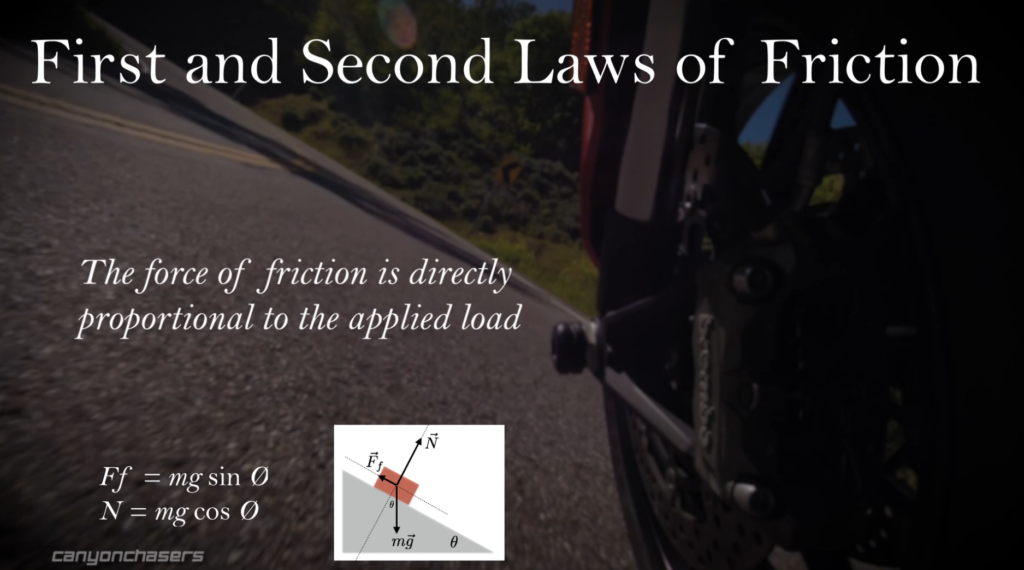
What this is telling us, in basic terms, is that grip comes from weight, not the size of our contact patch. If you are sitting at a desk, lightly place your hand on the table and slide it across the surface. No problem right. But what happens if you put weight on your hand. Obviously, it’s a lot harder to move because grip comes from weight.
Now let’s do that with a tire. No weight on the tire, it’ll slide it around easily. But put weight on it, it’s suddenly a lot harder to move.
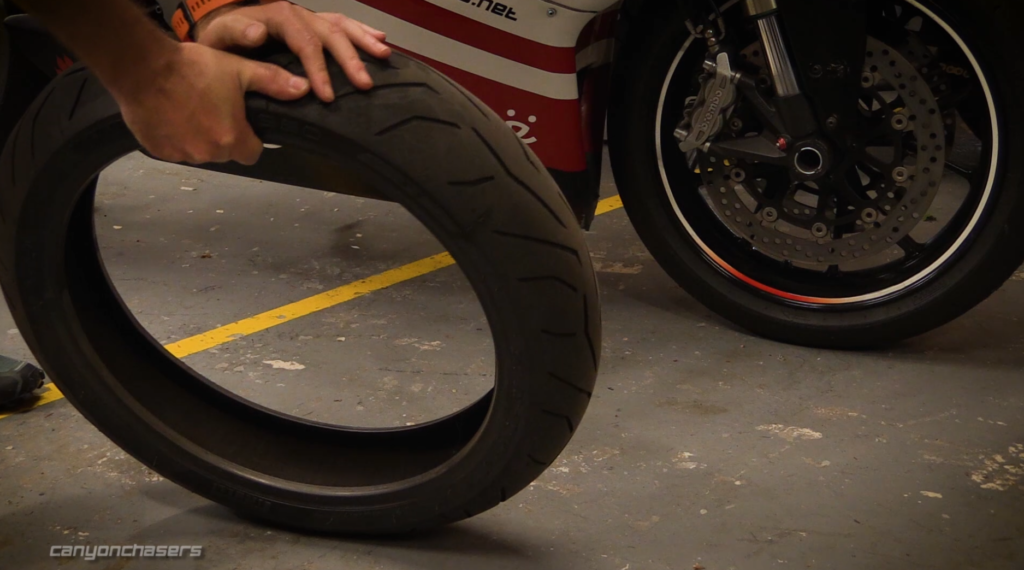
Wait for the Weight
The second part of this is if we want to slow down, we need to, as the racers say “wait for the weight” We need to allow time and space for the weight of the bike to shift onto the front wheel so that we have adequate pressure, or weight, over the front tire to be able to slow down without losing grip.
Most riders who tuck the front or lock their front tire do so by grabbing the brakes before the weight of the bike has shifted onto the front tire. Conversely, lots of rear tire slides can be attributed to whacking the gas open before the weight has transferred to the rear tire.
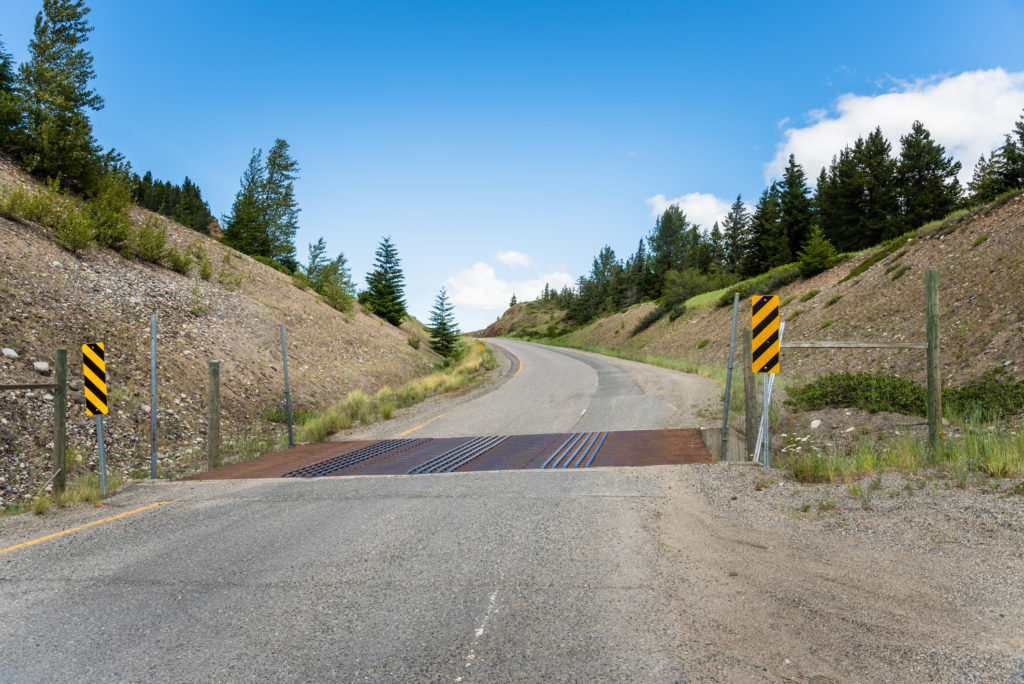
So now, let’s go back to the reason you are here. Dealing with that slippery thing in the corner whether it be sand, gravel or even water running across the road. Let’s face it, when it comes to something slippery in the corner; if you hit it while leaned over, it’s really anybody’s guess as to what is going to happen next. You might be fine. You might land on your head.
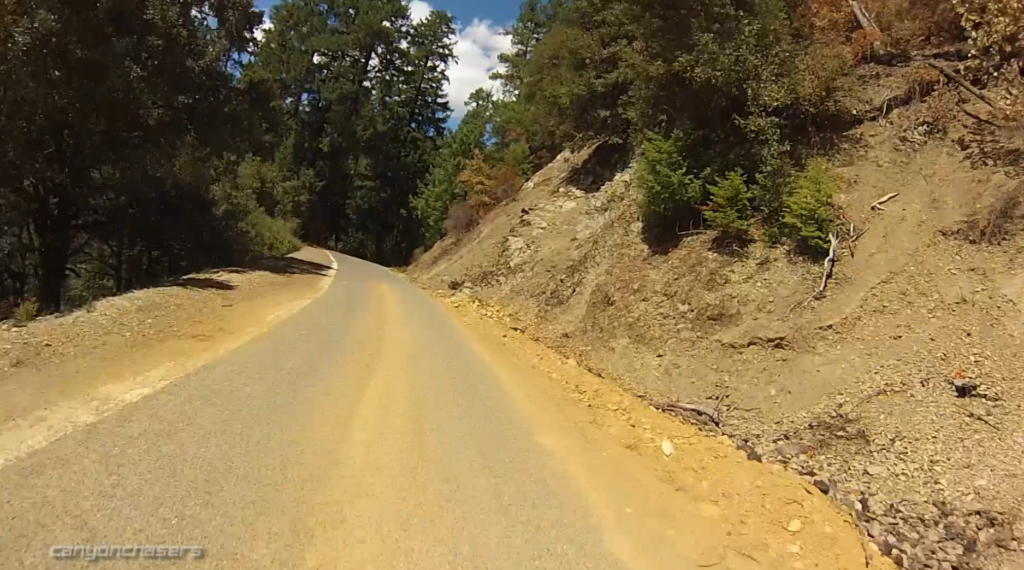
When you find yourself on top of something slippery, which will happen, is don’t do anything abrupt. At this point, your best option is to just let the bike do its thing and hope for the best.
Best If Avoided. But How?
So really what we are trying to do is, if at all possible, avoid the slippery thing or at the very least not be leaned over if we do run over it.
That means we need to be able to do one of three things. One, alter our course and go around the slippery thing. Two, alter our path of travel so that we can go over the slippery thing with little to no lean angle or three, stop before we even reach the slippery thing.
Put Your Tires On The Clean Part of the Road
First, we need to put ourselves on what will likely be the cleanest part of the corner, which is also the part of the corner that gives us the most visibility.
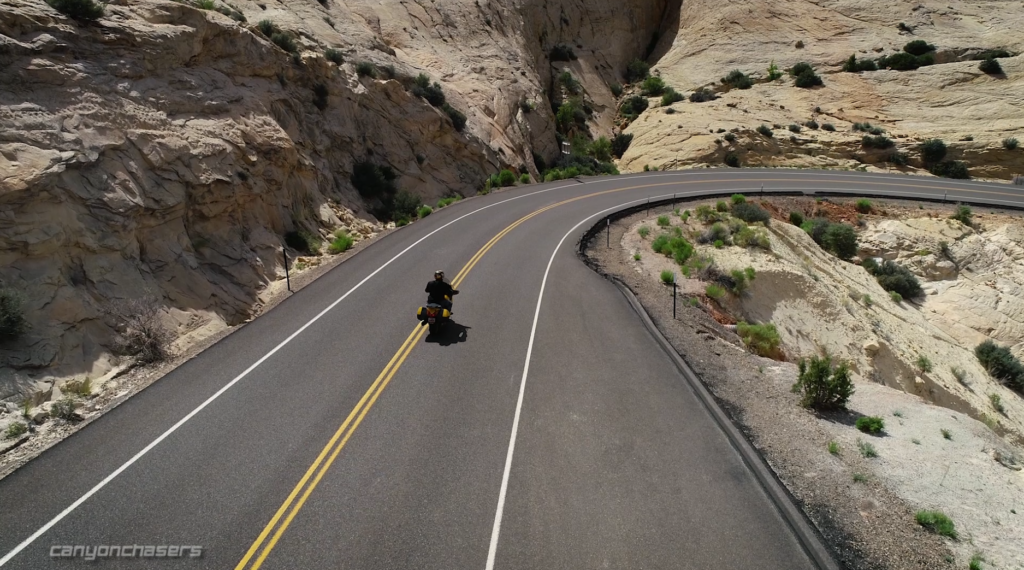
When cars go around a bend, they lean the wrong way. They put their weight onto the outside tires. The weight on the outside tires tends to scrub the road surface clean. So a good way to minimize slippery things and simply avoid a lot of slippery things in corners is to enter the corner with an initial outside path of travel.
Now, there’s still a lot of people who are saying that the safest way to ride through a corner is to do all of your slowing before the turn, then get off the brakes and either accelerate or maintain a steady throttle throughout the entire bend.
But what happens if we’re accelerating into a corner when we see that slippery thing on the road? What choices do we have? Well, most of us are going to want to slow down.
We can snap the bike upright then brake as hard and as fast as we can and A) hope that we have enough road and grip to stop in time and B) hope that there isn’t anybody coming up behind us.
Or we can try to transition from gas to brakes while still leaning, but in order to do that, we need to roll off the throttle and onto the brakes, and do so gently enough so that there is time for the weight of the bike to shift onto the front tire so that we have enough grip and we don’t slide the front tire.
We Have Met The Enemy
A large number of riders crash at this stage before they even reach the slippery thing. Transitioning from acceleration to slowing while leaning is really hard to manage because we are already leaned over and we are using some of our 100 points of traction to turn.
The biggest contributing factor to these crashes is a huge sense of urgency. The rider’s brain knows they need to get off the gas and get to the brakes, so they rush to make it happen as quickly as possible. But by rushing this stage, they don’t wait for the weight, and they’ll typically just overload the front tire and fall down.
But let’s say we do manage to transition from the gas to the brakes smoothly while leaned over. How far have we traveled from the point we saw the sand until the point we could begin slowing down?
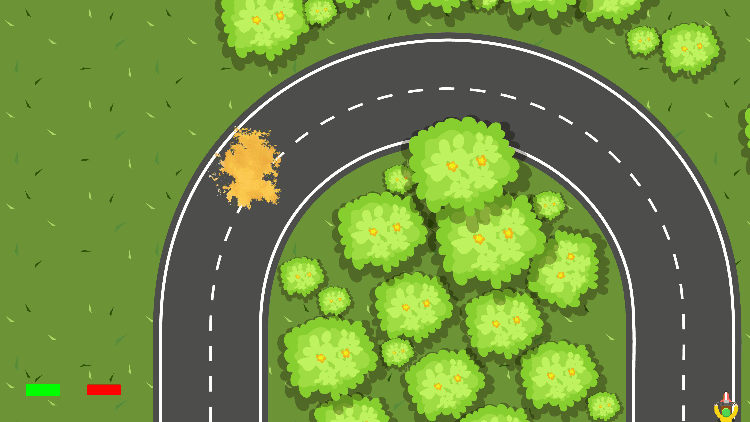
For most of us, it’s going to take about five to seven seconds to recognize the threat, get off the gas and start slowing. Even if we are only traveling about 60kph (45mph), in five seconds, we’ve already traveled more than 80 meters (260 feet) before we can really begin shedding speed in earnest. That’s almost an entire football field.
This is one of the fundamental flaws of the “Slow, Look, Press and Roll” method. It really only works if you can see the entire corner, or if you can see into the future.
Go Slow to Go Fast
Now, let’s say we are trail braking into a corner with our front brake. Which is to say, we’re still doing the majority of our braking before the turn, but then trailing off the front brake after the entrance of the turn and dragging a little bit less and less of the front as the bike begins to lean.
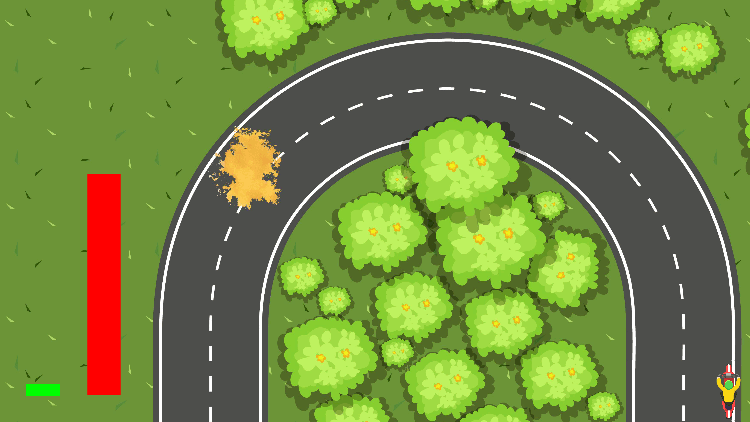
Even if we are only using a mere one-percent of our bikes braking ability. When we see the slippery thing all we need to do is slowly add back a little more brake pressure. Gently of course.
We don’t want to panic and just hoik on the brakes, but slowly and progressively add more pressure. We’ve eliminated several steps to slowing compared to the guy in the previous example, so there’s way less need to rush.
Because we were already on the front brake, the bikes weight is already on the front tire. So how far will we travel in the time it takes us to recognize the slippery thing and begin gently slowing down even more? Maybe 20 meters or about 65 feet.
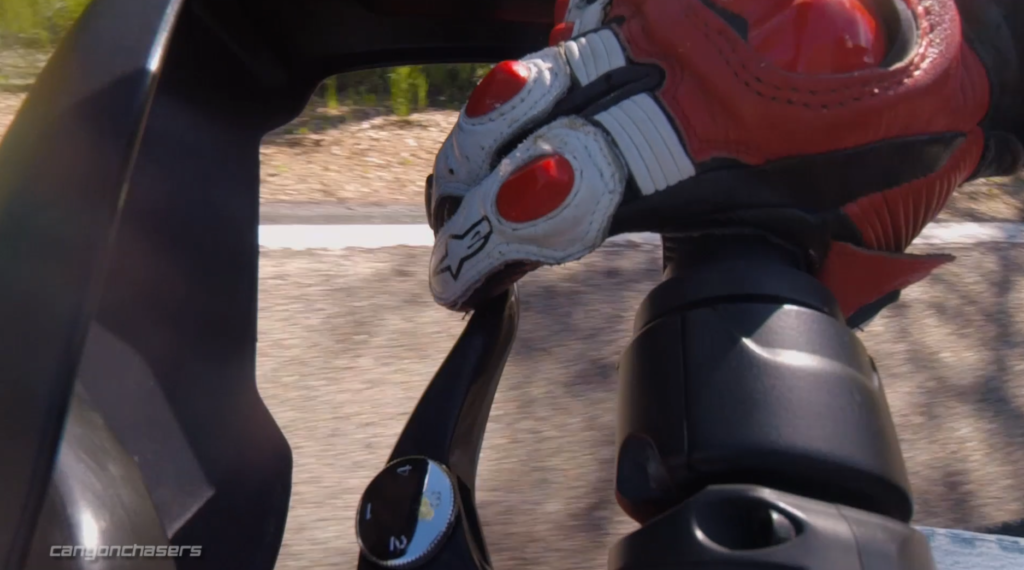
Use smooth, progressive, slow inputs.
We now have about 60 meters, about 200 feet, more space and time to work with. Traveling at 60kph most of us should be able to stop in about 30 to 40 meters (100 to 130 feet) depending on how far we were leaned over when we saw the slippery thing.
What’s the Worst Case?
But let’s go worse case. We just don’t see the slippery thing with much time to spare. If we’re on the gas, accelerating or even just steady throttle, despite the misnomer that it’s better to slide a rear tire, when it comes to paved roads, sliding a rear tire in a corner typically results in a high-side. The rear tire slides over the slippery thing, but then when it gets to clean pavement again, it grips and we get thrown up and over the high-side of the motorcycle – a very violent crash.
Now, worst case with gently slowing with the front brake. We’re already slowing, but we can’t slow enough to stop or go over the sand straight up and down, but at least we’re going slower than we were when we saw the slippery thing.
And worse case, if the front tire slides out from under us, It’s a low-side. Which, while still a crash and still totally sucky, is way less violent than a high-side, and, again, at least we were able to slow down even if only a bit.
Summary
What we are really trying to do is give ourselves the most options to deal with the unexpected. None of us can see into the future, so accelerating when we can’t see what’s coming is tempting fate. Even riding at very conservative speeds, it’s too easy to misjudge a corner or not be able to predict that a car is about to pull out of a hidden driveway, or who knows what.
The best way to deal with something slippery in a corner, or anything unexpected in a corner, is to avoid it, and the best way to avoid it is to gently slow into the bend until you can see your exit, and you can verify that it’s clear.
And guess what, you can actually practice this just by walking alongside your bike. Walk next to your bike and gently squeeze the brake lever until you can just barely hear and feel your brake pads touch the rotors. It doesn’t take much. Maybe just enough that you can hear the brake light switch activate. Just that little bit of pressure is all it takes as we slow into a corner, just that little bit is all we need to put a little extra weight onto that front tire to give it more grip, to help the bike change direction, and to give us more options to be able to slow down even more if we come across something unexpected or something slippery in a corner.
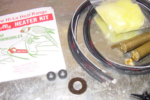


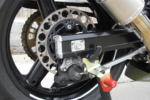
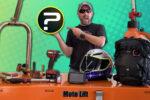

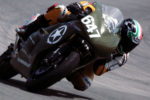
Great information i will share. David